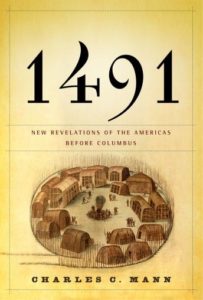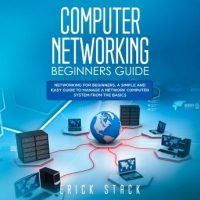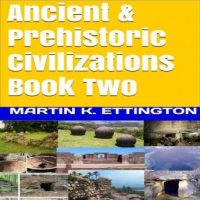1491: New Revelations of the Americas Before Columbus Audiobook (Free)
- Darrell Dennis
- 16 h 17 min
- Random House (Audio)
- 2016-08-29
Summary:
A groundbreaking research that radically alters our understanding of the Americas prior to the arrival from the Europeans in 1492.
Typically, Americans learned in school the ancestors of the people who inhabited the Western Hemisphere during Columbus’s landing had crossed the Bering Strait twelve thousand years back; existed primarily in small, nomadic bands; and lived so lightly around the land that the Americas was, for those practical purposes, still a vast wilderness. But simply because Charles C..Read More on the subject of 1491: New Revelations from the Americas Before Columbus Mann today makes very clear, archaeologists and anthropologists have spent the final 30 years proving these and many other long-held assumptions wrong.
Inside a book that startles and persuades, Mann unveils how a brand-new generation of researchers built with novel technological techniques found previously unheard-of conclusions. Among them:
• In 1491 there were probably more folks surviving in the Americas than in Europe.
• Certain metropolitan areas–such as Tenochtitlán, the Aztec capital–were much larger in population than any contemporary European city. Furthermore, Tenochtitlán, unlike any capital in Europe at that time, had running drinking water, beautiful botanical backyards, and immaculately clean streets.
• The earliest cities in the Western Hemisphere were thriving prior to the Egyptians built the fantastic pyramids.
• Pre-Columbian Indians in Mexico created corn by a breeding process so advanced that this journal Science recently referred to it as “man’s initial, and perhaps the greatest, feat of genetic engineering.”
• Amazonian Indians learned how to plantation the rainfall forest without destroying it–a process scientists are learning today in the hope of regaining this dropped knowledge.
• Native People in america transformed their land thus completely that Europeans found its way to a hemisphere already massively “landscaped” by humans.
Mann sheds clarifying light on the techniques used to reach at these fresh visions of the pre-Columbian Americas and how they possess affected our understanding of our history and our taking into consideration the environment. His book is an interesting and learned account of scientific inquiry and revelation.
Related audiobooks:







